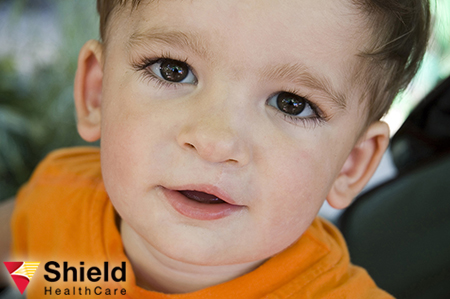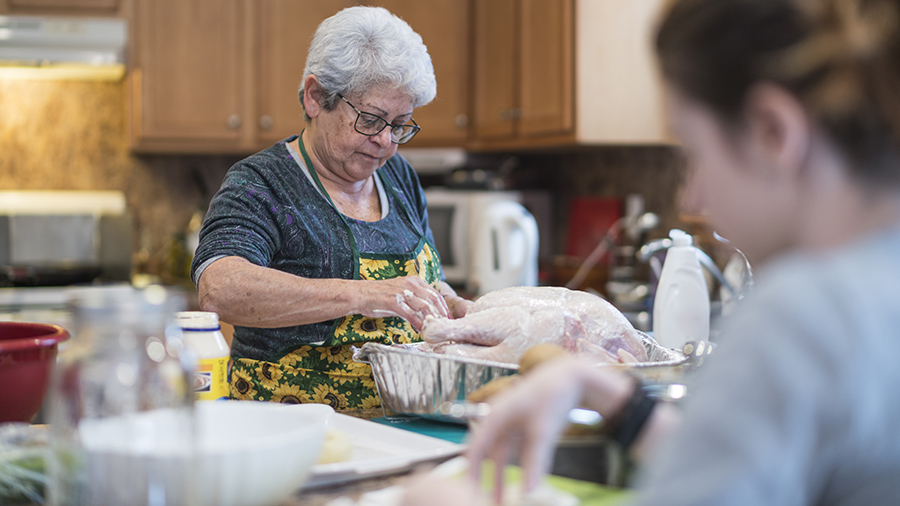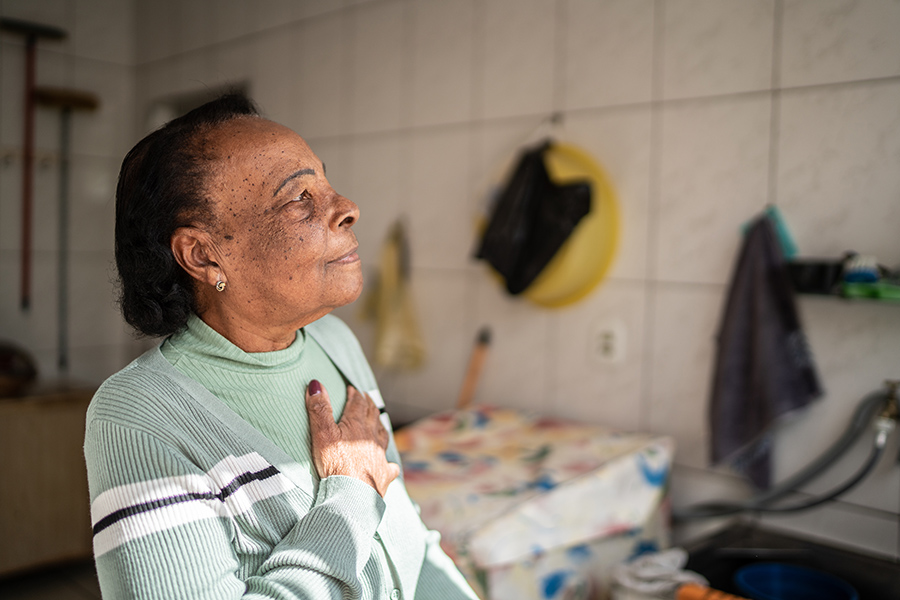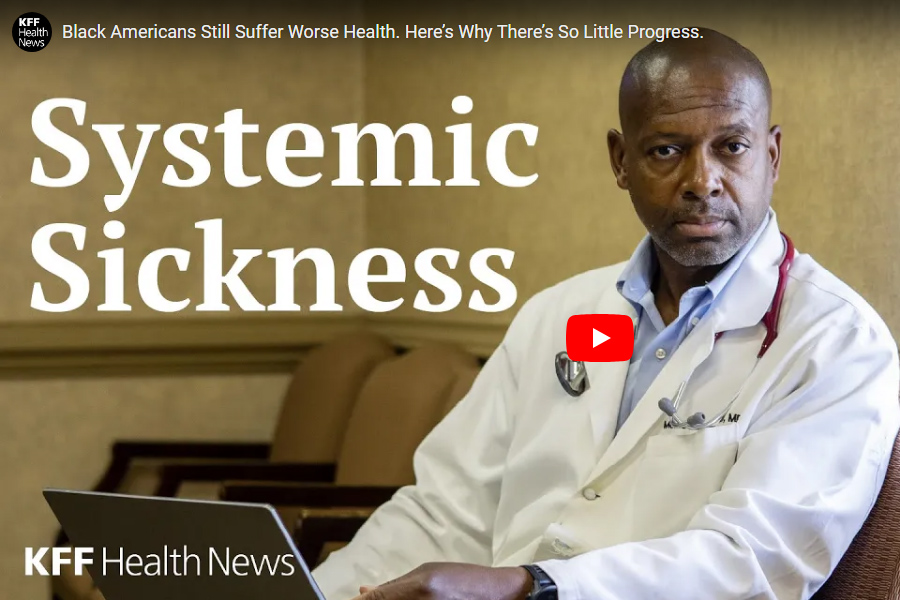This December, Shield HealthCare encourages everyone to observe National Safe Toys and Gifts Month. National Safe Toys and Gifts Month is a project led by Prevent Blindness America to help families keep safe toy guidelines in mind when buying and accepting toys for children.
According to the U.S. Consumer Product Safety Commission, hospital emergency rooms treated approximately 265,00 toy-related injuries in 2012 throughout the United States. 72% of those injuries were to children under the age of 15, and nearly 90,000 injuries were to children less than 5 years old. The top three identified toys that were associated with the most estimated injuries for all ages in 2012 were non-motorized scooters, toy balls and toy vehicles.
Because the most commonly injured part of the body is the head and face area, Prevent Blindness America has compiled a list of toy-buying and gift-giving tips to anyone planning to purchase a gift for a child this holiday season. Please keep the following safety precautions in mind when choosing toys for children of any age:
- Read all warnings and instructions on the box.
- Be diligent about making sure that the toy is appropriate for the child’s ability and age.
- Inspect all toys before purchasing. Avoid purchasing toys with sharp or rigid points, spikes, rods, or dangerous edges.
- Buy toys that are sturdy enough to withstand impact and not break into dangerous shards.
- Check the lenses and frames of children’s sunglasses, which can break and cause injuries.
- When buying toys, look for labels that indicate the toy has undergone safety inspections, like those performed by the American Society for Testing and Materials (“ASTM”). This designation means the product meets the established national safety standards.
- Avoid toys that shoot or include parts that fly off.
- Gifts of sports equipment should always be accompanied by protective gear (such as a basketball along with eye goggles, or a face guard with a new batting helmet for baseball or softball).
- Don’t give toys with small parts to young children. Children ages 3 and under tend to put things in their mouths, increasing the risk of choking. If any part of a toy can fit in a toilet paper roll, the toy is not appropriate for children under the age of 3.
- Do not purchase toys with long strings or cords, especially for infants and very young children. Long cords can easily become wrapped around a child’s neck.
- Always dispose of uninflated or broken balloons immediately. According to the Consumer Products Safety Commission, more children have suffocated from balloons than any other type of toy.
- When purchasing toys for children with special needs, try to choose toys that may appeal to different senses such as sound, movement, and texture. Consider interactive toys that allow the child to play with others. For more information about choosing toys for children with special needs, visit AblePlay.org.
- Be sure that any art supplies, as well as paint and other finishes, are non-toxic and lead-free. Don’t give children crayons and markers unless they are clearly labeled “non-toxic”. For the latest information about recalled toys, visit ToyInfo.org.
Click here to read PreventBlindness.org’s 2014 Safe Toys & Gifts Press Release in full.
For more information,call Prevent Blindness America at 800.331.2020. For more facts about toy injuries and for tips for choosing safe toys, visit PreventBlindness.org and HealthTradition.com, which provided source information for this article.






















